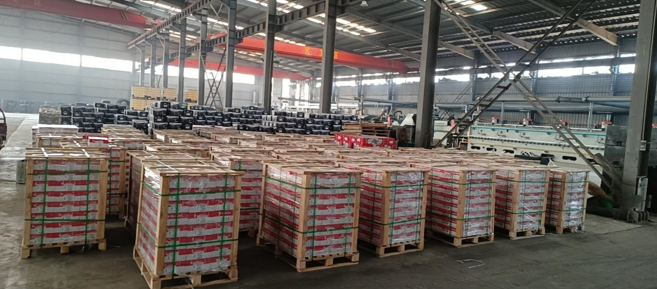Optimal Hole Dimensions for Self-Tapping Screws in Metric Plastic Components
Understanding Self-Tapping Screws Hole Size for Metric Plastic Products
Self-tapping screws play an essential role in fastening materials, especially in the realm of plastic products. These screws, designed to create their own hole as they are driven into the material, are widely utilized in various applications due to their efficiency and versatility. For those working with metric plastic components, understanding the appropriate hole size for self-tapping screws is crucial for ensuring optimal performance and durability.
What are Self-Tapping Screws?
Self-tapping screws are specialized fasteners that can cut their own threads when driven into materials, thus eliminating the need for pre-drilled holes in many instances. This unique feature makes them particularly valuable in the realm of plastic products where precision and speed are necessary. They can be found in various designs, including flat-head, pan-head, and hex-head types, each serving different aesthetic and functional purposes.
Importance of Hole Size
The hole size is a critical aspect when working with self-tapping screws and plastic materials. If the hole is too small, it could lead to excessive stress on the material which might cause cracking or deformation. On the other hand, if the hole is too large, the screw may not achieve the required grip, leading to a weak connection that could compromise the integrity of the assembly.
Determining the Correct Hole Size
When selecting a self-tapping screw for a metric plastic product, consider the following factors
1. Screw Diameter The diameter of the screw directly influences the hole size. For example, a screw with a diameter of 4mm typically requires a pilot hole ranging from 3.2mm to 3.5mm. It's imperative to refer to specific manufacturer guidelines as different screw types may require different hole sizes.
self tapping screw hole size metric plastic product

2. Plastic Material Type Different types of plastics exhibit varying properties, such as rigidity and thermal expansion. For instance, softer plastics like polyethylene may accommodate larger hole sizes better than stiffer materials like polycarbonate because of their ability to adapt to the screw's thread.
3. Screw Thread Design Self-tapping screws come with varied thread designs, including coarse and fine threads. Coarser threads are typically more suitable for plastics as they provide better holding power in softer materials. This is particularly important to consider when determining the hole size.
Best Practices for Drilling Holes
To achieve the best results when preparing holes for self-tapping screws in metric plastic products, follow these best practices
- Use the Right Drill Bit Select a drill bit designed for plastics to minimize the risk of chipping and cracking. Bits with a sharp point and proper angle aid in clean hole creation. - Adjust Drill Speed When working with plastic, slower drill speeds are generally more effective to reduce heat generation, which can deform the material.
- Test Fit It’s wise to conduct a test fit with your self-tapping screw once the hole is drilled. This allows you to assess whether the screw threads engage properly without excessive force.
- Avoid Over-Tightening When driving the screw into the plastic, avoid over-tightening, as this could strip the threads or damage the surrounding material.
Conclusion
In conclusion, the role of self-tapping screws in fastening metric plastic products cannot be overstated. By understanding and adhering to the correct hole sizes based on screw diameter, material type, and thread design, manufacturers and DIY enthusiasts can ensure reliable, strong connections in their plastic assemblies. Whether working on a small project or a large-scale production run, recognizing these details is vital for success in any plastic fastening endeavor. Through careful planning and execution, one can exploit the benefits of self-tapping screws to enhance the durability and functionality of plastic products significantly.
-
Top Choices for Plasterboard FixingNewsDec.26,2024
-
The Versatility of Specialty WashersNewsDec.26,2024
-
Secure Your ProjectsNewsDec.26,2024
-
Essential Screws for Chipboard Flooring ProjectsNewsDec.26,2024
-
Choosing the Right Drywall ScrewsNewsDec.26,2024
-
Black Phosphate Screws for Superior PerformanceNewsDec.26,2024
-
The Versatile Choice of Nylon Flat Washers for Your NeedsNewsDec.18,2024










